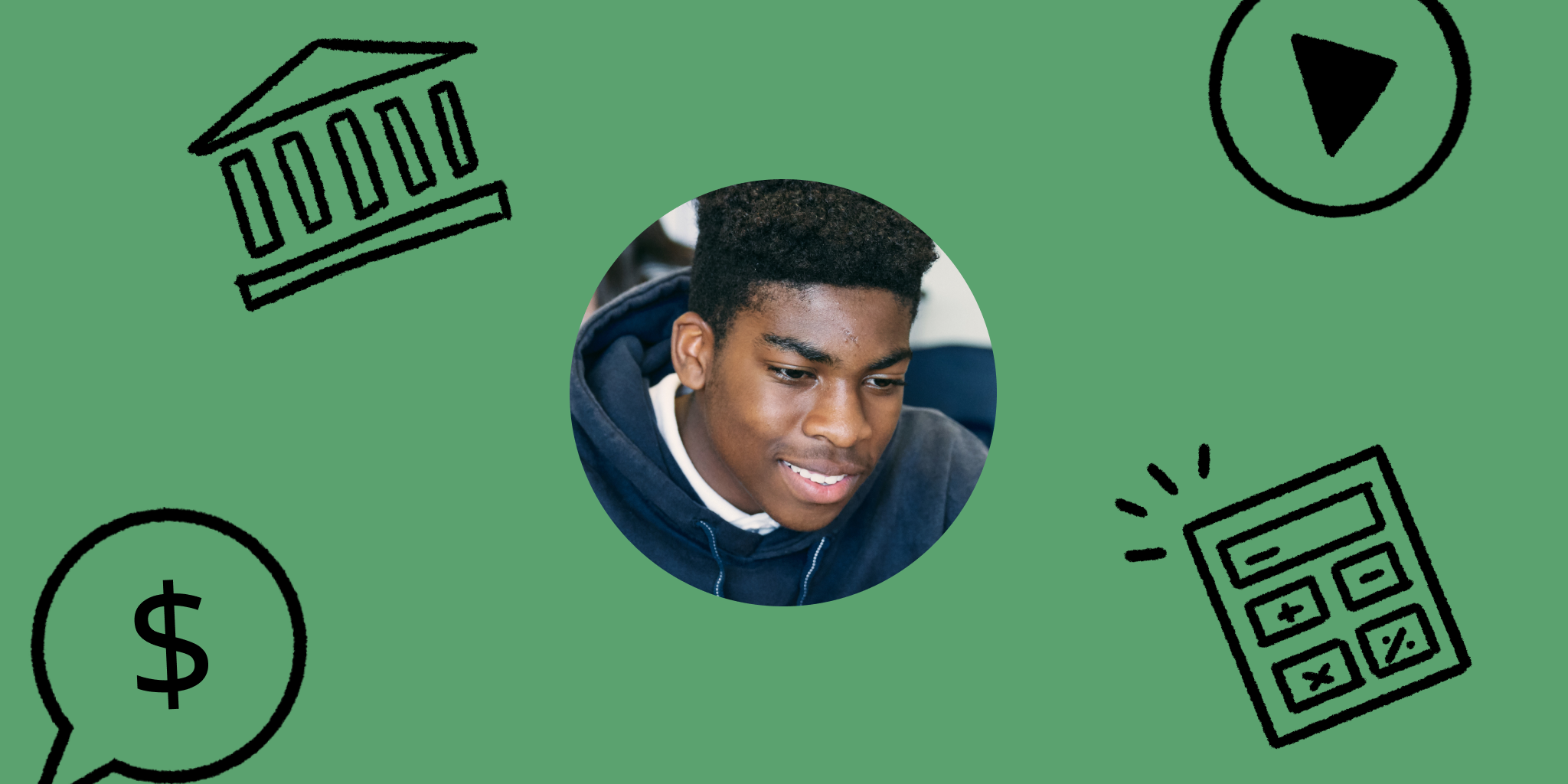
Atky / Pixabay
I’ve shared several different versions over the years about how I teach my two-period ELL Newcomers class.
Even though I’ve been teaching it for well over twenty years, I continue to find ways to improve it!
Here’s what I’m doing now (I’ll be adding this post to There Are Tons Of Resources On This Blog To Help Educators Teach ELLs – This Post Is A Good Place To Start):
BACKGROUND
It’s worth reading Why Do Students In My ELL Newcomers Class Appear To Be Acquiring English So Much Fast Than In Past Years? Here Are Some Possible Answers to get some background on my class.
In summary, this year’s class has a cap of twenty students and, as in all Newcomer classes, the composition is always changing (see THE BEST WAYS TO WELCOME NEW ELL NEWCOMER STUDENTS THROUGHOUT THE YEAR_). It’s a safe bet that by January most of my original students will have been moved to the “Intermediate” class, since we’ll almost certainly receive close to twenty new students by that time.
I also have twenty peer tutors in my first period (enough for a one-to-one ratio), and about fifteen in my second period.
I have two adjacent classrooms, and am able to teach my Newcomers class in one, while I teach my other three periods of IB Theory of Knowledge in the other. This allows me to keep the Newcomer room permanently set-up for that particular class (desks are ‘paired-up” for a student and their peer tutor) and each student and peer tutor has a marked basket where they keep materials. So, no time is lost distributing books/papers or setting up desks.
About a third or so of the students also participate in a “zero period” class – a class before the school day officially begins. The more proficient ones work online, typically on Quill, while others work with peer tutors in very small groups for intensive instruction. For now, they primarily work on National Geographic Inside Phonics book (our district has adopted National Geo’s Edge curriculum for ELLs).
FIRST PERIOD (Monday through Thursday)
1.Students start the day by sitting and working with peer tutors (at their own pace) on their leveled True Stories books.
Things start off slightly differently on Mondays, when students have to first complete a multilingual online Google Forms check-in. After both peer tutors and students have completed that form, they start the “True Stories” book.
2. Next, we move on to the thematic focus of that week. It generally is a Picture Word Inductive Model, a text data set, or a related unit in the Inside The USA textbook.
Generally, a vocabulary list of twenty-so-words are introduced on Monday, and peer tutors practice the words with their students using mini-whiteboards. Students also create their own handwritten flashcards with the words written in English on one side and in their home language on the other. On Tuesday, they study the words by working with their students to write sentences using the words (Instead of automatically going to Google Translate, I encourage students to first try to write a sentence on their own on the mini-whiteboard, and then getting feedback from their tutor on it – I’ve had mixed success). On Wednesday or Thursday, they study the words again, and the tutor give them a practice test of twenty questions.
Along with working on the vocabulary list, students will be typically be working on a data set that I’ve mentioned earlier – categorizing sentences, writing their own, turning them into paragraphs, and writing a title- over three days during this period.
3. We’ll end the class with a game or two of Quizizz or Blooket reinforcing the theme of the week.
FIRST PERIOD (Friday)
Things are very different, however, first periods on Fridays, when we always start off with a formative assessment – a test – on what vocabulary and grammar we covered during the week.
The test consists of twenty-seven questions, include one short writing exercise. They are mainly based on the vocabulary words we learned during the week, along with many “scrambled sentences.” Those sentences are not new, and come from various activities we have done during the week, and which I’ll discuss later in this post. Peer tutors immediately score the tests, and every month or every six weeks or so I try to conference with students on a visualization of their results.
After they complete the test, students write a weekly family letter, and then work on different online sites (see a list of them here) for the last twenty minutes of the period, though I also sometimes have them work on Quizizz interactive videos or Wordwall activities, too.
SECOND PERIOD
1.This period begins with students practicing conversation with their peer tutors. Every few months students are given different packets with sentence starters. If you look at the websites of some of my books, you can download some, and we’ll have a bunch of these in the second edition of the ELL Teacher’s Toolbox next year. Even easier, you can have ChatGPT create them for you, and I explain how here. Peer tutors alternate this conversational practice with groups choosing books to read aloud, paired with a comprehension question asked by the tutor after each page.
2. Students read a book of their choice with peer tutors three times a week for ten minutes each time. I have a very large library of books, including multilingual ones. As students read their books aloud, their peer tutor asks them a simple comprehension question after each page. Students, peer tutors, and I all consult together to help determine what books are at a “just right” reading level. In addition, students can take books home to read, too.
3. There are typically six activities we try to do each week, and I emphasize “try” – typically, we only have time for four of them:
- Preparing and then presenting a related Google slideshow. I give students a simple written outline they complete first (except for working online for a few minutes after Friday’s assessment,, games, and these presentations, none of our work is online). For example, when we were studying food, they needed to make a presentation on their favorite meal. After their slideshow is complete, we do a version of “speed-dating,” with everyone making the same presentation several times.
- Twenty minutes or so on Sentence Navigators peer tutors and I create about the theme we’re studying that week.
- A series of scrambled “expanding sentences” related to that week’s theme (see HOW I’M ADDING A TWIST TO THE SENTENCE EXPANSION STRATEGY IN MY ELL NEWCOMERS CLASS)
- Some kind of Language Experience approach (THE BEST RESOURCES FOR LEARNING HOW TO USE THE LANGUAGE EXPERIENCE APPROACH), where we do a common class activity, whether it’s watching a short video or, as we did this week, have a teacher take us to the music learn to teach students how to play the guitar. We then construct sentences together about what we did.
- A “Jigsaw” activity about a current event
- Several pages in our grammar book
In addition, we periodically do these activities:
- A short funny dialogue that students first perform in front of a small group and then some perform in front of the class
- An activity where students choose a page they want to learn from the Oxford English dictionary and their peer tutor helps them learn it.
- A “strip story” (a sequencing activity where students have to put several students in the correct order) related to the theme we’re studying.
3. We’ll typically end the class with a Quizizz or Blooket game on the grammar concept we’re studying. I post the games in Google Classroom, and students who complete the grammar activities early have the option of either going to Quill or replaying the games.
Two new things we have recently begun doing in second period on Fridays are:
- Every other week we play board games. Read about them here.
- Introduce the new words we’ll be studying the following week with students using Quizizz flash cards.
NOTE: The people behind the Groovelit game tell me they will have modifications available for ELL Newcomers before the end of this year. If that’s true, and if it is as good as I hope it to be, we’ll be playing it regularly.
All feedback is welcome!
I’m adding this post to THERE ARE TONS OF RESOURCES ON THIS BLOG TO HELP EDUCATORS TEACH ELLS – THIS POST IS A GOOD PLACE TO START.
I’ve shared several different versions over the years about how I teach my two-period ELL Newcomers class. Even though I’ve been teaching it for well over twenty years, I continue to find ways to improve it! Here’s what I’m doing now (I’ll be adding this post to There Are Tons Of Resources On This ESL Web Larry Ferlazzo’s Websites of the Day…







